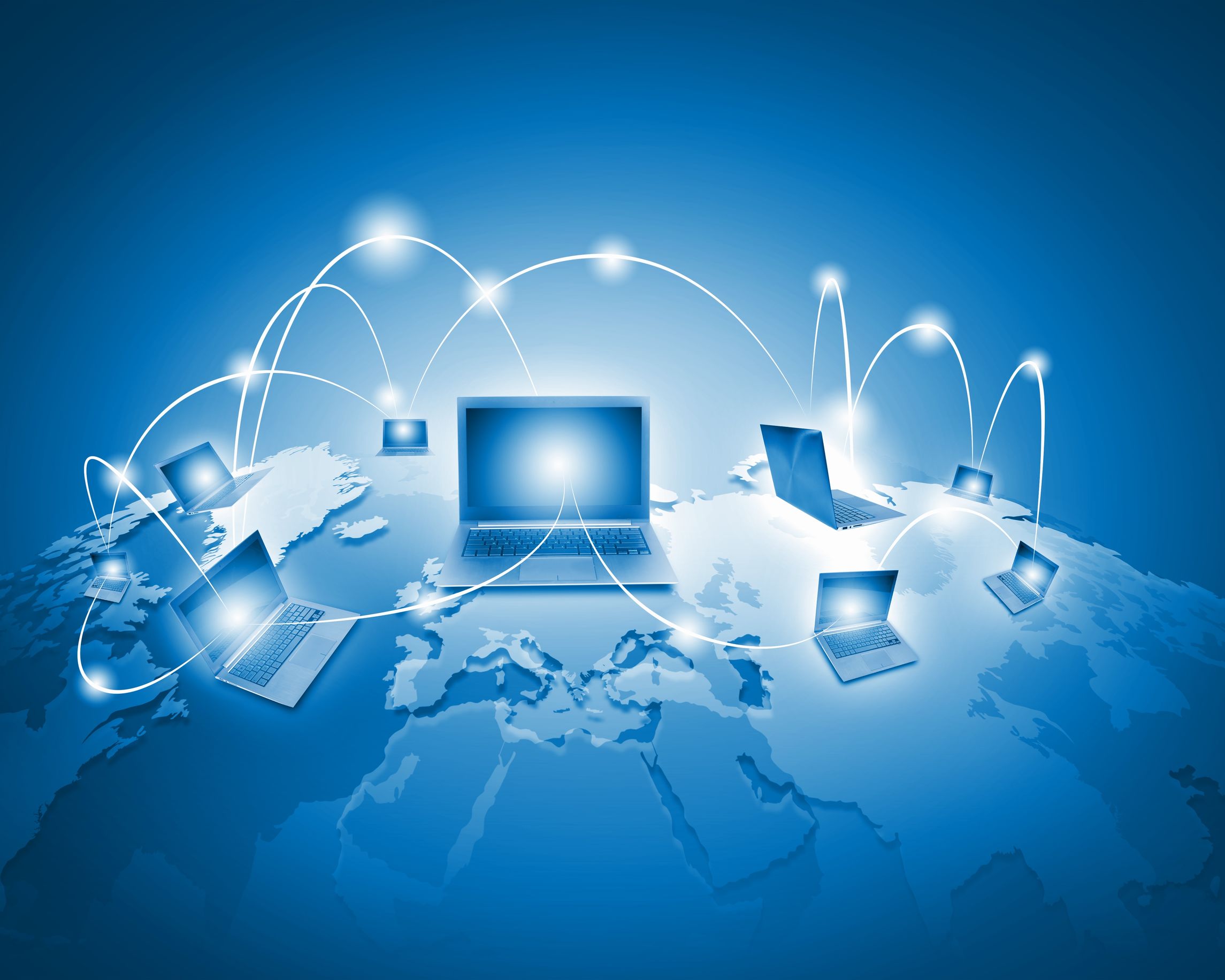Internet
The internet is a worldwide network of interconnected computers and devices that share information, resources, and services by using standardized protocols for communication.
Definition:-
The internet is a network of networks, which allows billions of devices around the world to communicate and share information.
Origin:-
The internet began in the 1960s as ARPANET, a project developed by the U.S. Department of Defense for research purposes. It became a public network in the 1990s with the invention of the World Wide Web.
Core Technologies:-
- IP (Internet Protocol): Controls how data is transmitted and received between devices.
- TCP- It ensures reliable data transfer.
- HTTP/HTTPS is used for transferring web pages and other data securely.
Components:-
- Servers: Host Web Sites and Apps, Data.
- Clients: Devices such as smartphones, computers, or IoT devices that access data.
- High-speed data routes connecting large networks across the world, backbones.
- ISPs: Internet Service Providers Provide access to the internet for users.
key Service:-
- World Wide Web: A system of interlinked hypertext documents accessed via browsers.
- Email: One of the oldest and still important means of communication in the cyberspace.
- File Transfer (FTP): Share files directly between the devices.
- Streaming: Real-time delivery of audio and video content.
How is it work:-
Data Transmission:
- Split data into small packets
- Small packets of data travel along different networks to reach the target destination
- At the end, the packets are arranged in their original form into a readable data.
DNS-(Domain Name System):Translates human-readable domain names (like google.com) into IP addresses.
Advantage:-
- Global Connectivity: Facilitates instantaneous communication around the world.
- Information Access: Offers access to vast knowledge and resources.
- E-commerce: Facilitates online shopping and services.
- Education: Offers online learning platforms and resources.
Challenges:-
- Cybersecurity: Hacking, phishing, and malware.
- Digital Divide: Internet services are not accessible equally across all regions.
- Privacy: Tracking and surveillance of data.




Comments
Post a Comment